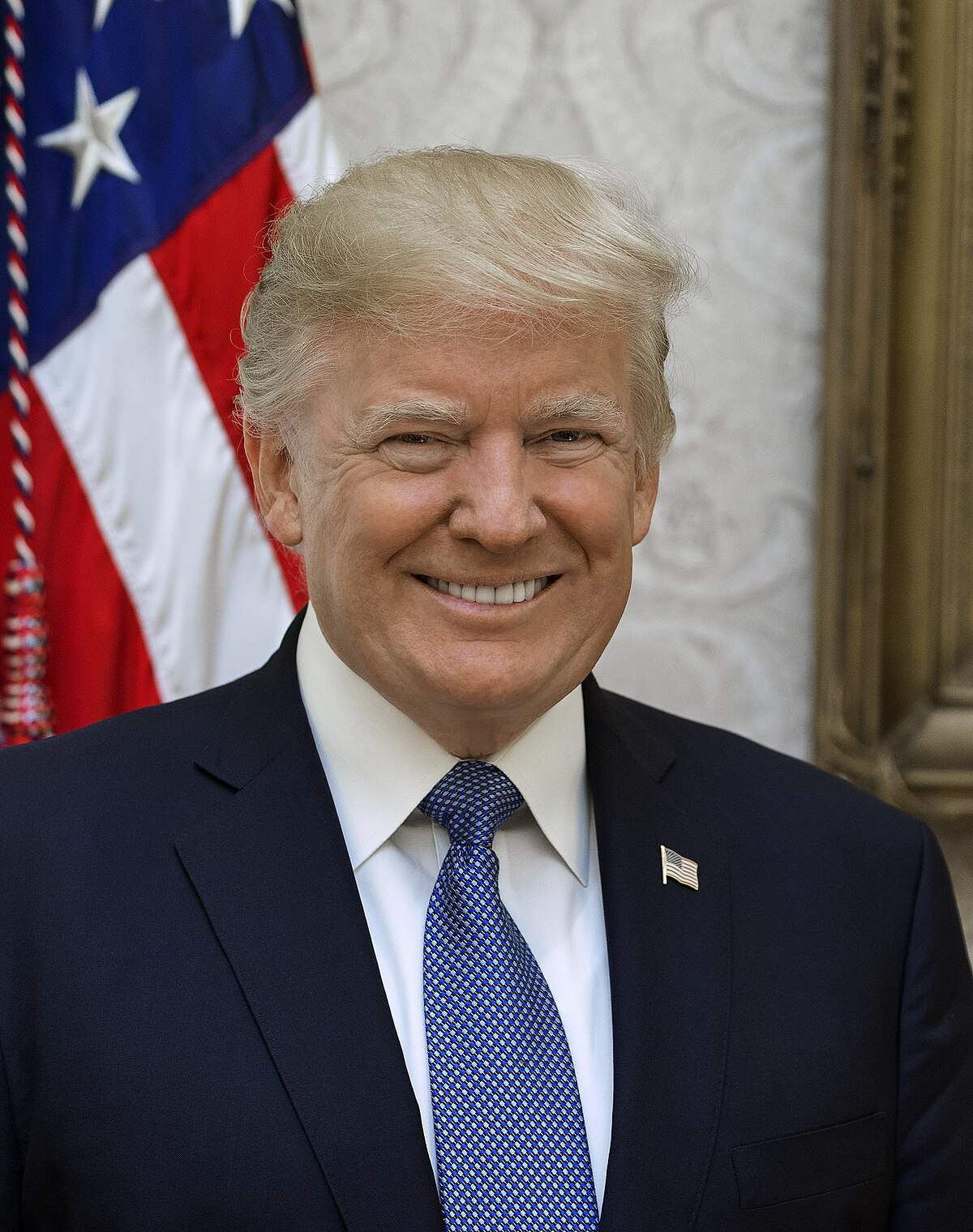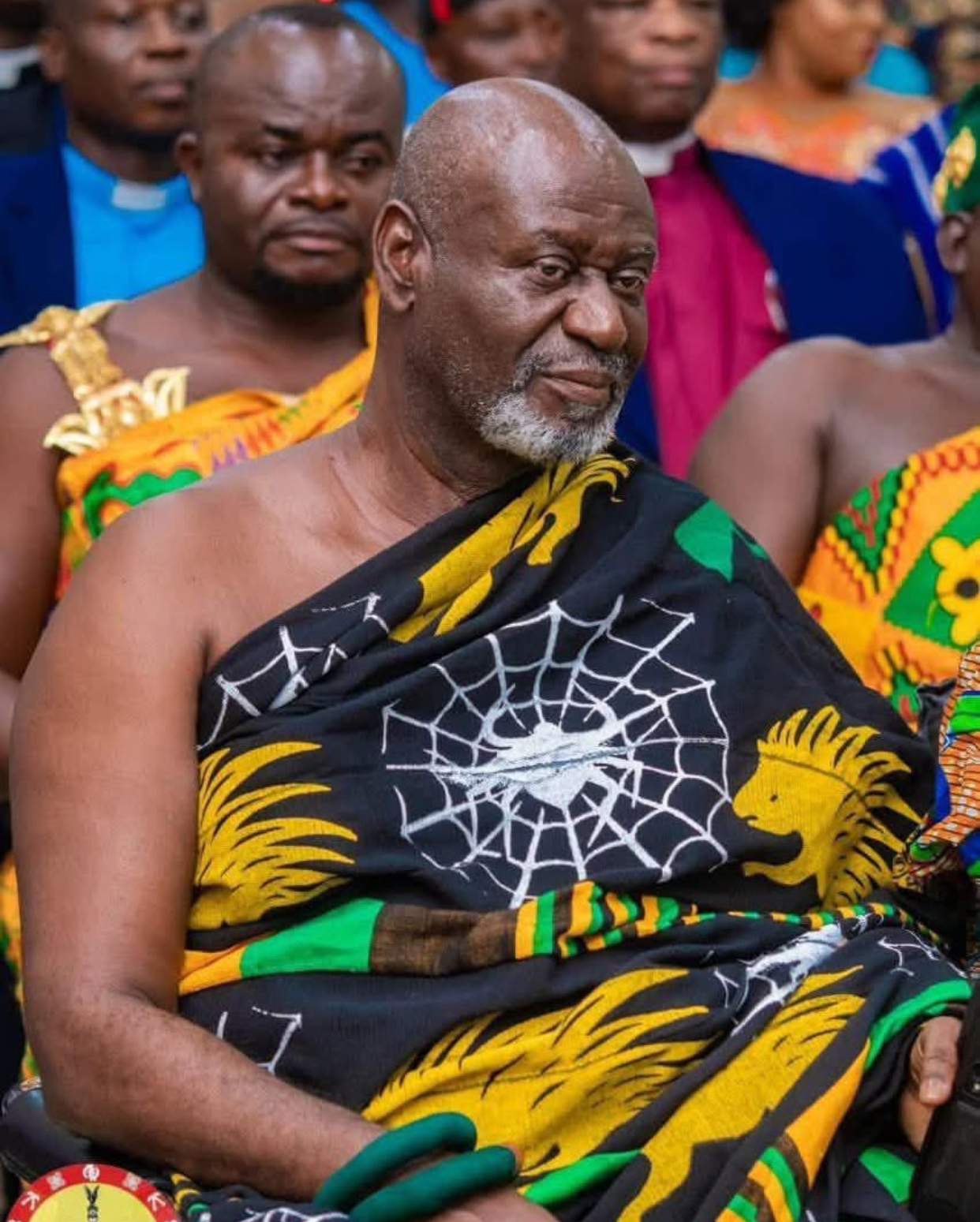The situation at the US-Mexico border has long been a point of contention, but under former President Donald Trump, it reached a level of urgency that led to the declaration of a national emergency. Trump’s border crisis became a major political flashpoint, marked by heated debates, controversial policies, and a deepening humanitarian crisis. But what exactly is happening at the border, and why did Trump declare a national emergency?
The National Emergency Declaration
In February 2019, President Trump declared a national emergency to address what he described as a “crisis” at the southern border, with a particular focus on the growing number of migrants attempting to enter the United States from Mexico and Central America. The declaration came after Congress refused to allocate the full amount of funding Trump requested to build a border wall, one of his signature campaign promises.
Trump argued that the influx of migrants, including a significant number of families and unaccompanied minors, was overwhelming the U.S. immigration system, leading to overcrowded detention facilities, strained resources, and increasing security concerns. By declaring a national emergency, Trump sought to bypass Congress and unlock additional funding for the wall, a move that sparked controversy and legal battles.
The Situation at the Border
The conditions at the U.S.-Mexico border became increasingly dire as thousands of migrants, many fleeing violence, poverty, and instability in their home countries, sought asylum in the United States. Under Trump’s administration, the government adopted a “zero tolerance” policy that led to the separation of families at the border, as well as the implementation of a controversial “Remain in Mexico” policy, which forced asylum seekers to wait in Mexico while their claims were processed.
In addition to these policies, the Trump administration faced widespread criticism for its handling of the detention of minors, with reports of overcrowded and unsanitary conditions in migrant facilities. The situation reached a boiling point, with human rights organizations and international observers accusing the U.S. government of violating the rights of migrants, including children.
Trump’s Border Wall
One of the most defining elements of Trump’s border strategy was his focus on constructing a physical wall along the southern border to prevent illegal immigration. Trump repeatedly insisted that the wall would deter illegal crossings, including human trafficking and the smuggling of drugs.
However, the wall became a symbol of deep division in the country, with critics arguing that it was ineffective, expensive, and inhumane. Environmental groups also raised concerns about the wall’s impact on wildlife habitats, while indigenous communities living along the border expressed fears of losing access to their ancestral land.
Despite these criticisms, Trump pushed forward with construction, using the emergency declaration to access funds and speed up the building process. Some sections of the wall were erected during his tenure, but the overall completion of the project remained far from realization by the time he left office.
The Humanitarian Crisis
Beyond the politics and policies, the situation at the border has led to a severe humanitarian crisis. Migrants, many of whom are fleeing dangerous conditions in their home countries, are often subjected to perilous journeys through harsh terrain and risk of exploitation by smugglers and cartels. Upon reaching the U.S. border, many are detained in overcrowded facilities, where living conditions are substandard, and some are separated from their families.
While Trump’s administration focused on enforcement and border security, the human toll of the situation became increasingly difficult to ignore. Reports of deaths, abuse, and neglect in detention centers further fueled the debate over U.S. immigration policy.
The Impact on U.S. Politics
The border emergency became one of the most polarizing issues of Trump’s presidency, with sharp divisions between those who viewed the border crisis as a national security threat and those who saw it as a humanitarian issue. For Trump’s supporters, the emergency declaration was justified by the need to secure the border and enforce immigration laws. For critics, the national emergency was seen as an overreach of executive power and a response to political pressure rather than a real crisis.
The controversy surrounding the border crisis and the national emergency declaration also played a significant role in Trump’s impeachment proceedings, as House Democrats argued that he had abused his power to secure funds for the wall. However, despite the division, Trump’s hardline stance on immigration remained a key part of his political identity, resonating with his base throughout his time in office.
Conclusion
The emergency declaration on the U.S.-Mexico border was a defining moment of Donald Trump’s presidency, sparking heated debates over immigration, national security, and human rights. While Trump’s policies were designed to curb illegal immigration and secure the southern border, they also fueled a significant humanitarian crisis and political controversy.
As the situation continues to evolve, the legacy of Trump’s border emergency remains a central issue in U.S. politics, with ongoing debates about how best to address immigration reform, border security, and the protection of human rights. Whether or not the emergency declaration was justified, it is clear that the challenges at the U.S.-Mexico border are far from resolved, and finding a solution will require balancing security concerns with compassion and fairness.


